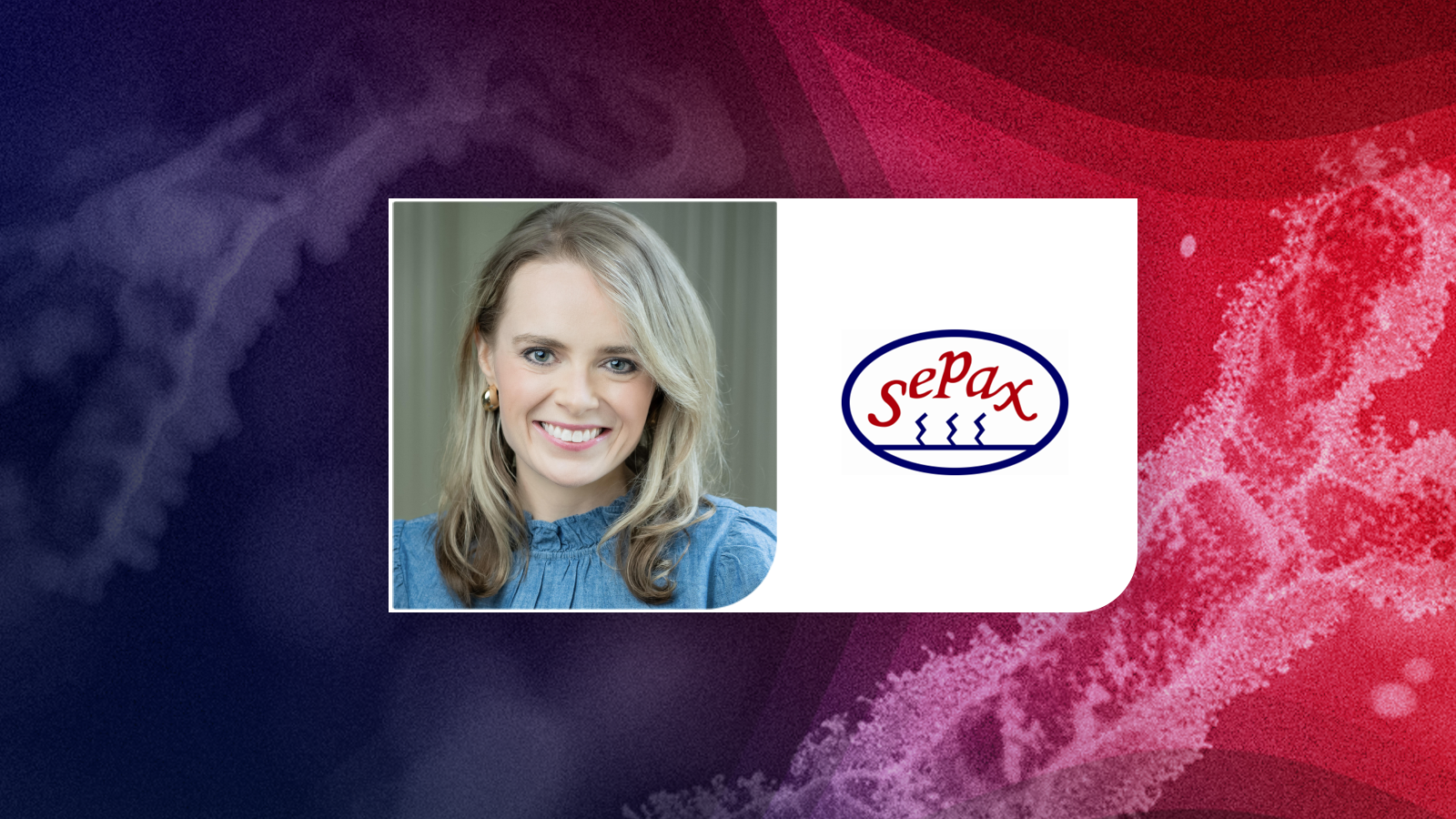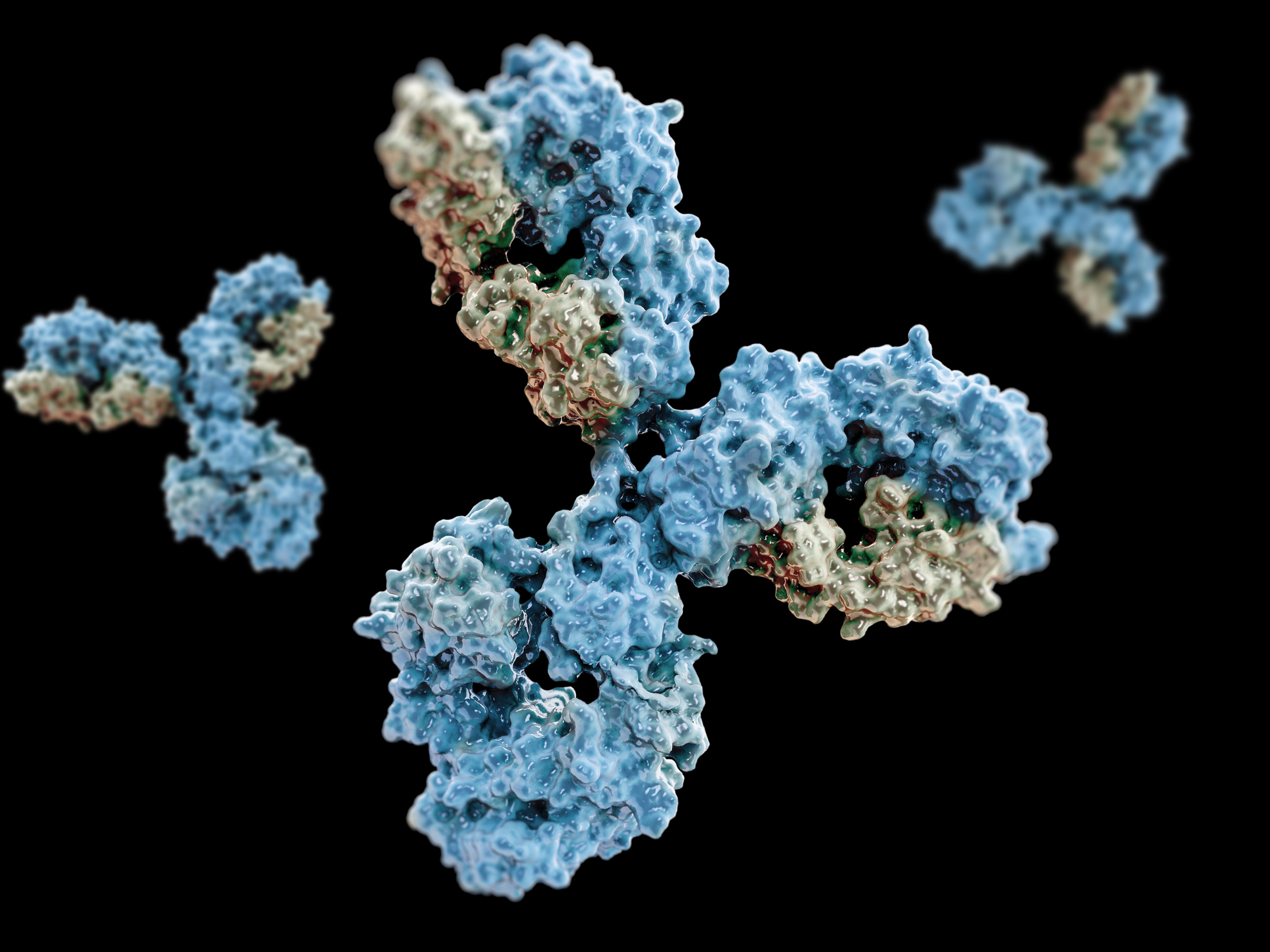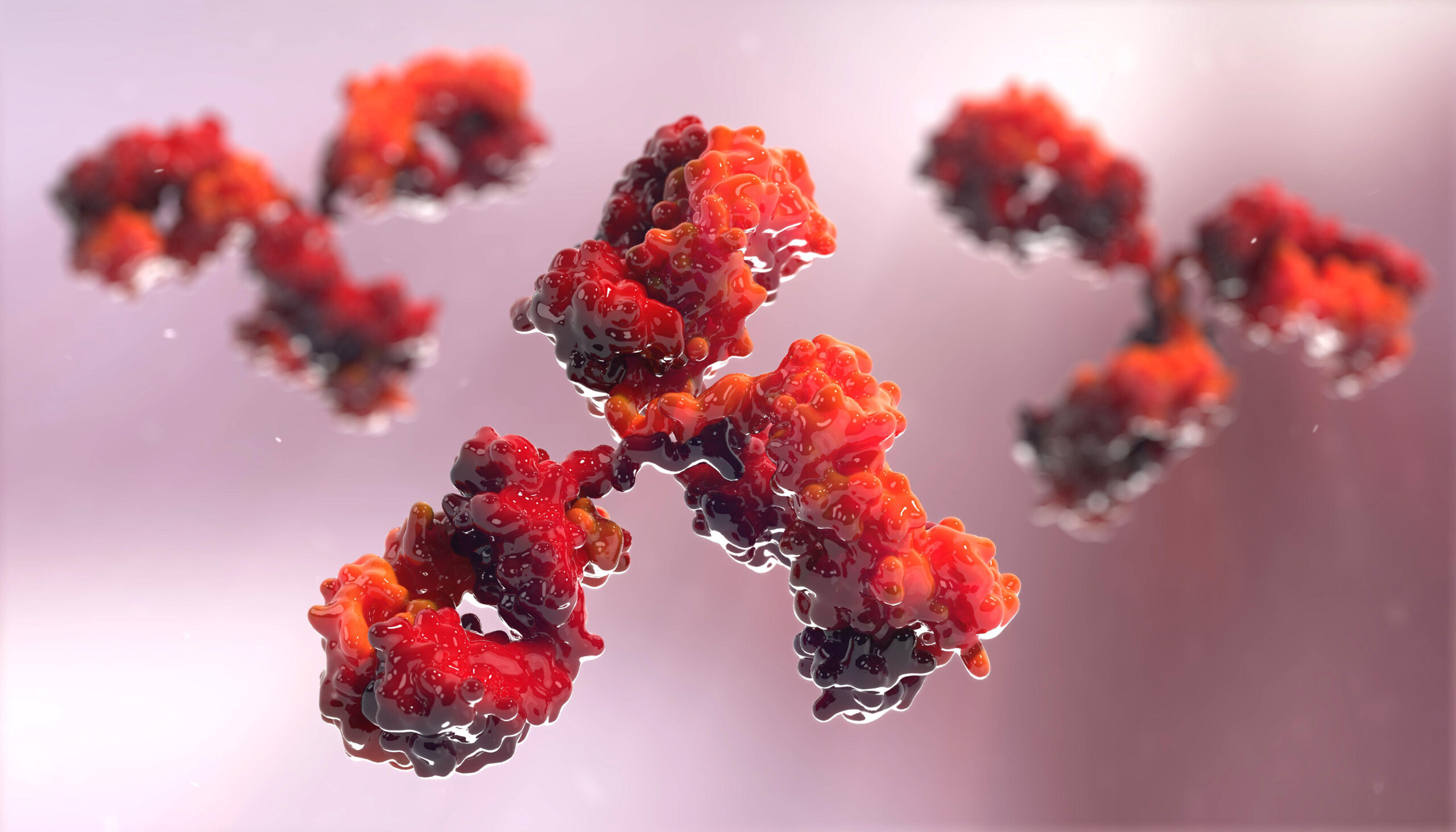The Current Landscape of ADC Approvals and Market Trends: Q&A With Mahendra Deonarain, CEO of Antikor Biopharma

Antibody-drug conjugates (ADCs) were originally designed to increase the efficiency of chemotherapy and reduce associated toxicity. Following a surge in approvals between 2019 and 2022, interest in the therapeutic approach is at an all-time high. To date, a total of 13 ADC approvals have come from the FDA. In the second quarter of 2023, the FDA and the EMA approved more than 21 new oncology agents and new indications for previously approved agents.
Following this apparent rush of approvals, we spoke to Mahendra Deonarain, CEO of Antikor Biopharma, about the manufacture of ADCs and why there seems to have been a recent spike. In his view, the apparent surge is misleading, with more happening behind the scenes. “There has been a bit of a surge in approvals,” said Deonarain, “but the people who have been working on ADCs have been working on them for a very long time.” Many failures precluded a handful of breakthrough approvals in 2016 and 2017, which then opened the door for a further wave of approvals in the last five years.
“Most of the approvals have been for haematological cancers, but the approvals we are seeing in breast cancer and uro/gynacological cancers are the ones that have been capturing people’s imaginations,” Deonarain continued. “So there have been quite a few approvals, but it’s been building up for a while – I think we’re going to see a bit of a gap now.” While there are other major approvals currently in the pipeline, they may not arrive with the pace many spectators have come to expect in recent years.
Differences in ADC Approvals Between the US and Europe
Regarding differences in ADC approvals across the Atlantic, Deonarain highlighted a huge disparity in spending between the US and Europe. “The US is still very well-capitalised, with a lot of deals being done,” he said. “But there’s a fair amount of activity in Europe, and there are great companies in the UK.” Deonarain added that Germany and Switzerland in particular had seen a lot of deals being done in new companies coming to the fore in ADCs. “But it’s an order of magnitude of difference between Europe and the US.”
Further down the line, different trends may emerge. “Even though we know the population and the size of the market – even taking into account the order of magnitude of difference – a lot more needs to be done in the UK,” said Deonarain. “And Europe to a lesser extent, to get us to try and compete as well as we can with the US.”
Asked if there were any specific reason for the US being a leader in the field for ADC approvals, Deonarain said that US companies were better at getting their compounds past the valley of death. “To get clinical proof of safety is still a major requirement,” Deonarain explained. “But the US seems to be better at doing that because they can get to that level of funding much more quickly.” He highlighted a willingness to take risks as a key component of this. “You see a lot more of that in the US than in Europe. The US is definitely a major player because they can get that clinical proof of concept for ADCs.”
Demonstrating Safety and Efficacy
Demonstrating safety is also key. “Safety is as important as efficacy – as most people will tell you when you’re demonstrating how well your ADC works, there’s two things you need to show.” The first of these is efficacy. “Does it cure tumours? The only way you can really show that is in animal models, whether they’re complicated PDX models or less complicated cell models.” However, efficacy data is only one half of the equation.
- Introducing the Development and Clinical Landscape of Bi and Multispecific Antibodies
- Cytokines and Immunocytokines in Therapeutic Approaches
- Multispecific Antibody Development: Interview with Yue Liu of Ab Therapeutics
“Safety data is going to de-risk your programme,” continued Deonarain. “You need to show that ideally in humans, but if you don’t have human data then at least in a relatively advanced species like a non-human primate to get that data.” Deonarain added that this has been done much better in the US than in Europe.
ADCs as a Research Focus
Asked if ADCs would stay hot as a research focus for another few years, Deonarain replied that in his view they were here to stay. “We’ve been through two or three cycles like this in ADCs, with first generation and second generation, and those peaks have been short-lived.” He highlighted a wave of excitement around earlier approvals for different ADCs including HER2, which benefited from a well-known target.
“Now, we have other targets or better targets,” said Deonarain. “I think the way we’re going now is past the peak, but it’s going to be a much more drawn out wave that will last for maybe a decade. All the innovation that’s been going on in the background is going to start paying off.” Deonarain hopes that this will foster a better funding environment that might not otherwise be seen in the clinic. “We’ll see clinical proof of concept for many other programmes, so I think it’s going to be here for the foreseeable future.”
Areas for the Industry to Address Key Challenges
Lastly, we asked Deonarain if there were specific areas the industry needed to improve on to address key challenges surrounding engineering and design. “My initial answer is to tackle the solid tumours in a better way,” Deonarain replied. “We’re developing a novel form of ADCs called FDCs, or fragment drug conjugates, which penetrate better.” Penetration is accepted in the industry as being a major limitation. “Trying to get more payloads to more cells in a safer way is a Holy Grail for solid tumours,” he added. “We can address it with our format, which is smaller, better penetrating, and actually gives you a better safety profile. Other companies can do it by having better-tolerated ADCs.”
Deonarain added that some of the bigger ADCs are also well-tolerated, and that this can help to mitigate against penetration limitations as well. “I think what we need to do for the next wave of successes in the solid tumour strategy is to deliver a better paradigm or a safer approach.” Another strategy for achieving a better ADC or FDC is to have ‘better’ payload classes or better-tolerated payload classes. “I think this is going to continue to be an active area,” said Deonarain.
Rounding off, novel targets represent another key focus for research and development around ADC approvals in the coming years. “What I’m seeing in the industry is that ADCs are now proving to be successful commercially. The cancer they’ve been approved for is now treatable with ADCs, so ADC investors and pharma companies are looking at taking that same format and applying it to more risky targets, or novel targets.”
Get your regular dose of industry news and announcements here, or head over to our Biologics portal to catch up with the latest advances in targeted therapies. To learn more about our upcoming Biologics UK conference, visit our event website to download an agenda and register your interest.









